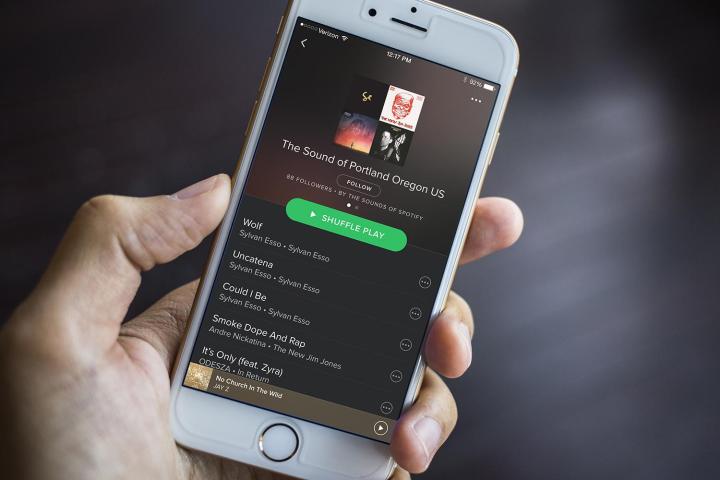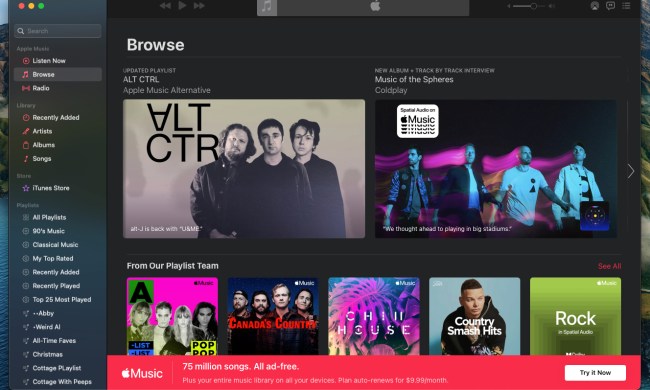
The new privacy policy was pushed to users’ devices this morning, and brought to light by a Forbes report. Spotify has updated the “information we collect” section of its policy to include many new pieces of information stored on users’ mobile devices. While data collection such as the sensor data — which indicates the speed a device is moving — could be used to determine whether a user is running, or walking for the service’s exercise features, other points of collection seem less useful, and more intrusive.
“With your permission, we may collect information stored on your mobile device, such as contacts, photos, or media files,” the policy states. “Depending on the type of device that you use to interact with the Service and your settings, we may also collect information about your location based on, for example, your phone’s GPS location or other forms of locating mobile devices (e.g., Bluetooth). We may also collect sensor data (e.g., data about the speed of your movements, such as whether you are running, walking, or in transit).”
The policy further states that all of this information can be shared with advertisers, though it would first go through an encryption process so the information could not be linked to a specific user. Of course, should it be hacked, that would be a whole mess of information about each user out in the public.
“The data accessed simply helps us to tailor improved experiences to our users, and build new and personalised products for the future,” a Spotify spokesperson wrote in an email to Forbes. “Recent new features include Spotify Running, which matches the BPM of your music to the pace of your run, or the new Discover Weekly feature, which curates a weekly playlist based on your tastes. Throughout, the privacy and security of our customers’ data is — and will remain — Spotify’s highest priority.”
The policy has no opt-out option and applies to paid and free users of the streaming service. It seems that millions of users will be forced to decide whether it’s worth giving up their privacy in order to access a well-established staple in the streaming realm.


